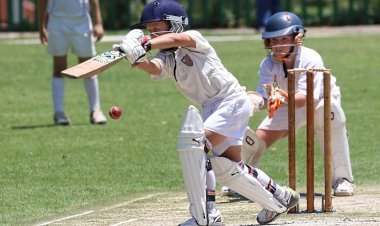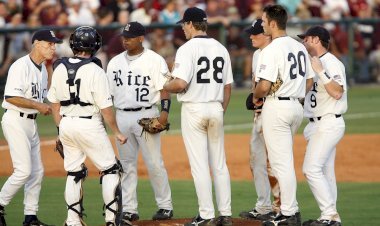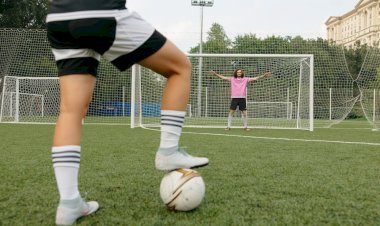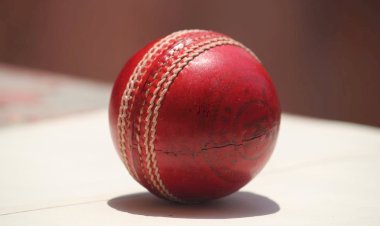Kids Baseball Bat Size Guide 2025: Find the Perfect Fit
Discover the ultimate Kids Baseball Bat Size Guide 2025 with charts, drop weights, tips, and top bat picks to help parents find the perfect fit.
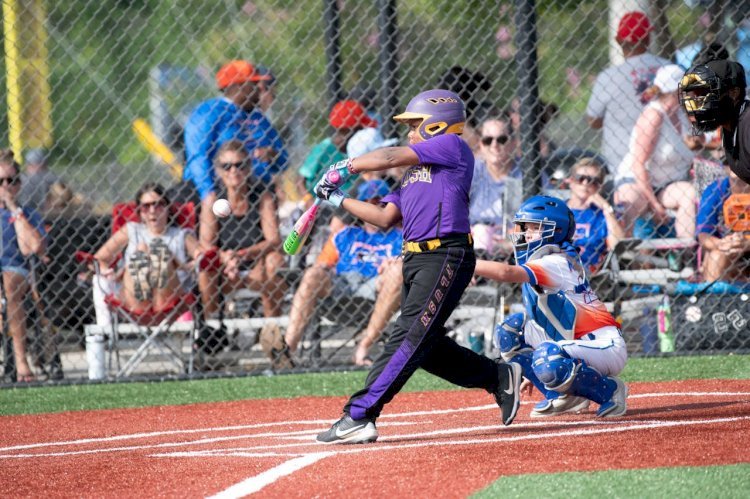
For young players stepping up to the plate, the right Kids Baseball Bat can make all the difference. A bat isn’t just equipment—it’s a confidence-builder, a training tool, and the foundation for proper hitting mechanics. The wrong size can lead to poor swings, slower development, and even injuries.
This 2025 Kids Baseball Bat Size Guide covers everything: bat length, drop weight, league rules, materials, and the latest top bat picks. By the end, you’ll know exactly how to help your child find the perfect fit.
Why the Right Size Baseball Bat Matters
Choosing the right bat impacts every aspect of a young hitter’s development:
-
Better Mechanics – Lightweight bats promote proper swing paths and prevent dragging.
-
Confidence at the Plate – A correctly sized bat helps kids feel in control.
-
Injury Prevention – Oversized or heavy bats strain muscles and joints.
-
Skill Development – Proper bat size = faster swings, better contact, and consistent fundamentals.
Kids Baseball Bat Sizing Basics
Several factors determine the right bat size for your child:
-
Age – Younger players need shorter, lighter bats.
-
Height & Weight – Key factors in matching bat length and drop weight.
-
League Rules – USA Baseball, USSSA, and High School leagues all have specific bat standards.
What Is Drop Weight?
Drop weight = bat length (in inches) – bat weight (in ounces).
-
Example: A 28-inch bat weighing 18 ounces = -10 drop weight.
-
The higher the negative number, the lighter the bat.
General Drop Weight Guide:
-
-12 to -13 → Best for younger players (speed & control).
-
-10 to -11 → Balanced for ages 9–12.
-
-8 to -5 → Stronger teens building power.
Kids Baseball Bat Size Chart (2025 Update)
Here’s the latest sizing chart based on age, height, and weight:
| Age Group | Height Range | Weight Range | Recommended Length | Drop Weight |
|---|---|---|---|---|
| 5–7 yrs | Under 48" | Under 60 lbs | 24"–26" | -12 to -13 |
| 8–9 yrs | 48"–54" | 60–80 lbs | 26"–28" | -10 to -12 |
| 10–11 yrs | 54"–58" | 70–90 lbs | 28"–29" | -10 to -11 |
| 12–13 yrs | 58"–62" | 80–100 lbs | 29"–31" | -8 to -10 |
| 14+ yrs | 62"+ | 100+ lbs | 30"–32" | -5 to -8 |
Pro Tip: Always test before buying—charts are a guideline, but feel matters most.
How to Measure Your Kid for the Right Bat
-
Height & Weight Test – Match to the chart above.
-
Bat Length Test – Stand the bat upright next to the child. It should reach the palm with arms relaxed.
-
Strength Test – The Child should hold the bat straight out for 30 seconds. Struggle = too heavy.
-
Swing Test – Let them swing. The bat should feel natural, not forced.
Rule of Thumb: Always choose lighter & shorter over heavy. Control > Power in youth baseball.
Bat Material Options: Which Is Best for Kids?
| Bat Material | Weight | Sweet Spot | Cost | Best For |
|---|---|---|---|---|
| Wood | Heavy | Small | Low | Training, advanced practice |
| Aluminum | Light | Medium | Medium | Beginners & everyday use |
| Composite | Moderate | Large | High | Competitive travel ball |
-
Wood Bats – Great for training but less forgiving.
-
Aluminum Bats – Durable, lightweight, perfect for most kids.
-
Composite Bats – Bigger sweet spot but pricey.
2025 Recommendation: Aluminum bats are still the best entry-level choice for most kids.
League Regulations Parents Must Know
-
USA Baseball (USABat) → Required for most Little League play.
-
USSSA → Allows more powerful bats (used in travel leagues).
-
High School/College → Must be BBCOR-certified.
Always confirm league rules before purchase—wrong certification = wasted money.
Top Mistakes Parents Make When Buying a Bat
❌ Buying based only on age.
❌ Sizing up too much—bigger isn’t always better.
❌ Choosing a bat that’s too heavy.
❌ Ignoring league rules.
❌ Overspending early—$300 bats don’t replace fundamentals.
Best Kids Baseball Bats in 2025
Here are some top-rated bats for 2025 trusted by parents and coaches:
-
Louisville Slugger Solo USA Bat – Lightweight, ideal for beginners.
-
Easton ADV 360 – Huge sweet spot, popular composite choice.
-
Rawlings Quatro Pro – High-performance, best for competitive youth.
-
Marucci CATX Junior – Excellent durability, balanced for everyday play.
Tip: Check if the bat has USABat or USSSA logo before purchase.
FAQs About Kids Baseball Bats
Q1: What size bat should a 7-year-old use?
A 24–26” bat with -12 to -13 drop weight is ideal.
Q2: What’s the best drop weight for youth players?
Most kids succeed with -10 to -12 bats.
Q3: Should kids use aluminum or wood bats?
Aluminum bats are best—lightweight, forgiving, and affordable.
Q4: How do I know if a bat is too heavy?
If your child struggles holding it straight for 30 seconds, it’s too heavy.
Q5: Are expensive bats worth it?
Not at first. Fit and comfort matter more than price.
Conclusion
The perfect Kids Baseball Bat isn’t about brand or price—it’s about fit, comfort, and league compliance. By following the sizing chart, checking drop weight, and choosing the right material, parents can ensure their child develops skills safely and confidently.
Remember: The right bat builds confidence, prevents injury, and makes baseball more fun. Start with the basics, let your child test options, and choose control over power.
Read More: Sports Harmonicode: A Game-Changer for Modern Athletes

 alissaperry
alissaperry 







